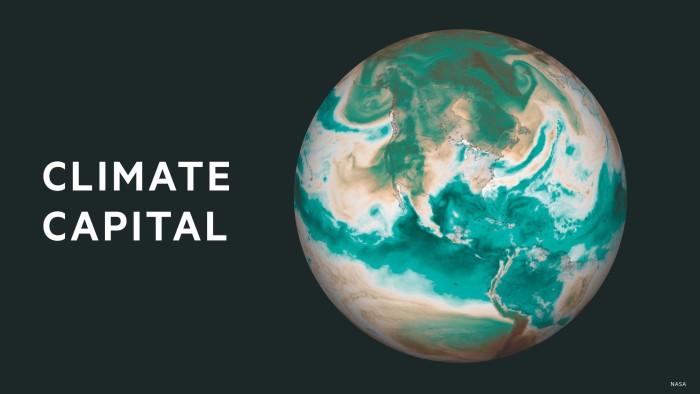Unlock the Editor’s Digest for free
Roula Khalaf, Editor of the FT, selects her favourite stories in this weekly newsletter.
California’s devastating wildfires are raging on into their second week. They have now claimed 25 lives. Thousands of buildings and residences have been razed to the ground from mansions in Pacific Palisades to less affluent neighbourhoods in Altadena. Close to 90,000 homes are estimated to be without electricity, as gusts blow the its destructive path and ash further and wider. Gavin Newsom, the California governor, suggested at the weekend that the fires will amount to America’s costliest natural disaster ever. AccuWeather, a private weather forecaster, estimates the economic hit at over $250bn.
The damage — and the insurance crunch that will follow — would not have been as enormous were it not for a series of misguided state policies.
In recent years, the golden state has become increasingly vulnerable to wildfires. Last year, Climate Central, a non-profit group, found that higher temperatures had increased the number of hot, dry and windy weather days across California. But neither the state’s heavily-regulated insurance sector nor its climate preparedness strategies have kept pace with the risks.
In an effort to keep premiums down, long-standing price controls have prevented insurers from using models to forecast losses from wildfires and from passing on the rising cost of reinsurance. Though both requirements have recently been eased, the changes have come too late. Unable to recoup the rising cost and frequency of wildfires, some major insurance companies have pulled out of the state’s market. An estimated 10 per cent of Californian residences are without home insurance. Many others are reliant on the FAIR plan, a non-profit insurer of last resort. It is now exposed to billion of dollars in potential claims, and many participants will find themselves out of pocket.
Environmental regulations have also contributed to the damage. Clearing easily ignited vegetation through controlled burning is a proven way to make wildfires less intense. But burdensome paperwork often delays such burns.
The state’s building codes are strict and require new homes to be fire-resistant in designated high-risk areas. But even properties meeting the rules have burnt down in fires in recent years. Pushback against new developments has not helped. The median home in California was built in 1976, when there was less emphasis on using fire-resistant materials and designs. Land-use policies have also led to sprawl around Los Angeles, leading to more homes being built closer to wild land.
LA’s fire chief has blamed budget cuts for leaving fire services understaffed — though the city mayor has disputed any connection with the wildfire response — and there have been questions over why some fire hydrants ran dry.
Once the blaze subsides, California’s leaders must learn the lessons and find ways to build back better. Wildfire insurance costs will surge, and the market will remain unattractive for private providers for some time. Some insurance leaders have already suggested new forms of public-private partnerships, including banks that provide mortgages, will be needed to manage the spiralling risks. In California, the state will have to act as a backstop, providing funds to rebuild homes under tighter standards and helping properties still standing to retrofit. Newsom has promised billions in funding and has already streamlined permitting requirements to speed up rebuilding.
The calamity in California is another big reminder of the need for political leaders, public authorities and companies to accelerate climate adaptation. If the most prosperous state in the world’s richest economy can be caught so underprepared, that is a lesson for all.
Climate Capital

Where climate change meets business, markets and politics. Explore the FT’s coverage here.
Are you curious about the FT’s environmental sustainability commitments? Find out more about our science-based targets here












